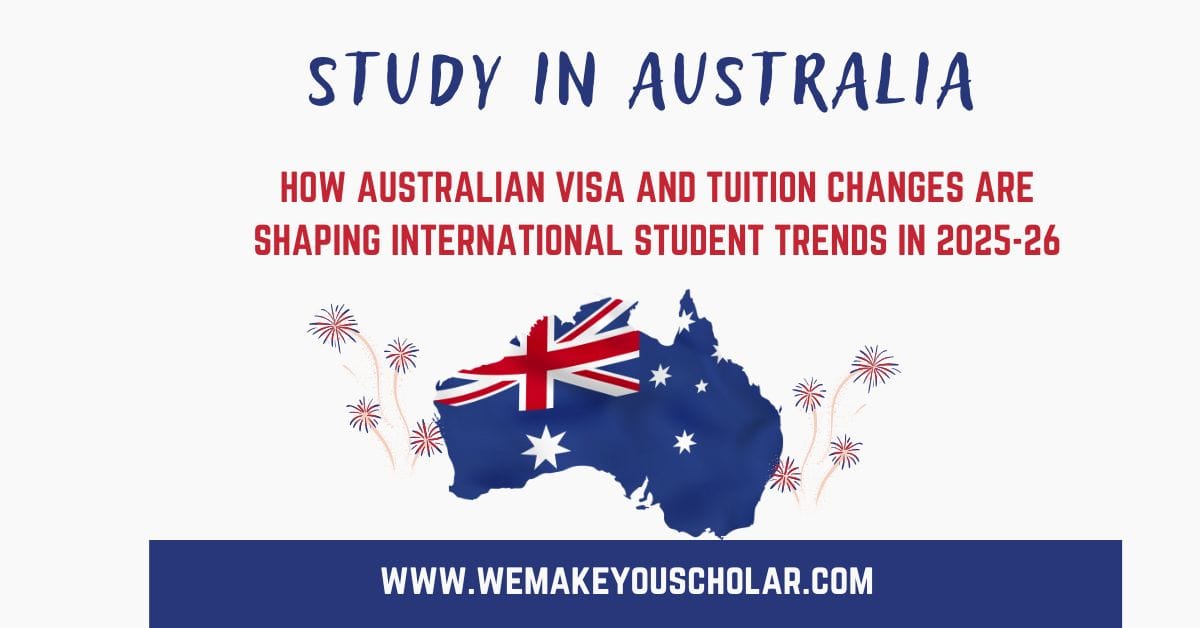How Policy Changes Are Impacting International Student Recruitment at Australian Universities in 2025
International students have long played a crucial role in shaping the educational and financial landscape of Australian universities. However, recent policy changes in 2025 are making it significantly more challenging to attract foreign applicants.
This year, universities across the country are dealing with the aftermath of Ministerial Direction 111 (MD111) and increased financial requirements, affecting everything from tuition pricing to visa approvals. These adjustments have altered recruitment dynamics sector-wide.
A Divided Playing Field Under Ministerial Direction 111
The introduction of Ministerial Direction 111 in 2023 has created a two-tier university system. Some universities—deemed to have expanded their international enrolments too quickly—are now growth-constrained. Others continue to recruit with minimal restrictions.
According to education analyst Keri Ramirez of Studymove, universities under MD111 face longer visa processing times, reduced flexibility, and reputational challenges. These institutions have responded by raising tuition fees more sharply than their counterparts to maintain revenue levels.
The average tuition hike in 2025 is 5.5% for constrained universities, versus 4.9% for those not affected.
Visa Costs and Financial Requirements Create Barriers
Even universities not restricted by MD111 are encountering new challenges in 2025. The Australian government has:
Raised the student visa application fee from AUD $1,600 to AUD $2,000
Increased financial proof of support to AUD $29,710 per applicant
These adjustments make Australia the most expensive study destination among the “Big Four” (Australia, Canada, UK, USA) in terms of upfront student costs.
The impact is clear: studying in Australia is now less accessible for middle- and lower-income families. Consequently, even institutions with growth potential must work harder to appeal to qualified applicants.
Projected Decline in Enrolments for 2025
Based on current trends, Mr. Ramirez predicts a 5–10% decline in international student commencements in 2025 compared to 2024. This comes despite modest growth from 2023 to 2024.
A combination of:
Higher fees
Restrictive policies
Reduced visa flexibility
The international market is reacting cautiously, particularly in competitive undergraduate and postgraduate segments.
Retention Becomes a Strategic Priority
Given the decline in new international enrolments, student retention has become more important than ever. Ramirez noted a drop in retention rates in 2023, posing a major risk to already-struggling universities.
To counter this, institutions are investing more in:
Academic support services
Housing and welfare programs
Job placement and graduate career guidance
Retaining students for the full duration of their programs ensures not only steady income but also stronger alumni outcomes, which influence global rankings and future recruitment.
Global Competitive Landscape Offers Mixed Signals
Despite domestic policy challenges, Australian universities may still benefit from issues in other study-abroad destinations:
USA: Growing anti-immigrant sentiment under a potential second Trump presidency is deterring foreign students. A recent NAFSA survey showed a 13% drop in postgraduate enrolments.
Canada: Visa approval rates dropped to 45% in 2024 (from 62% in 2023), complicating post-study immigration pathways.
UK: In May 2025, the government announced a cutback of the Graduate Route to 18 months, reducing work incentives.
These developments may cause students to reconsider Australia as a destination despite higher costs, particularly if alternatives grow less welcoming.
Room for Cautious Optimism in Domestic Trends
Although international recruitment is cooling, domestic enrolment may hold steady or grow slightly in 2025. Reasons include:
Controlled inflation, which eases financial pressure on families
A softening labour market, nudging students back into higher education
These factors could help Australian universities offset some international losses in the short term.
Conclusion: Navigating an Uneven Landscape
In 2025, Australian international student recruitment is shaped by rising costs, uneven policy enforcement, and global competition. While some universities are able to continue growing, others are forced to adapt quickly to maintain viability.
As institutions navigate Ministerial Direction 111, tuition pricing strategies, and retention improvements, a balanced approach becomes essential. Moreover, in an unstable global education market, Australia may yet emerge as a resilient option for students seeking quality education in a politically stable environment.
For further details, please visit the source website. Stay updated through global scholarship updates on WeMakeYouScholar.com – your trusted source for study-abroad opportunities.




